QR codes bring Llandrindod Wells' history to life
- Published
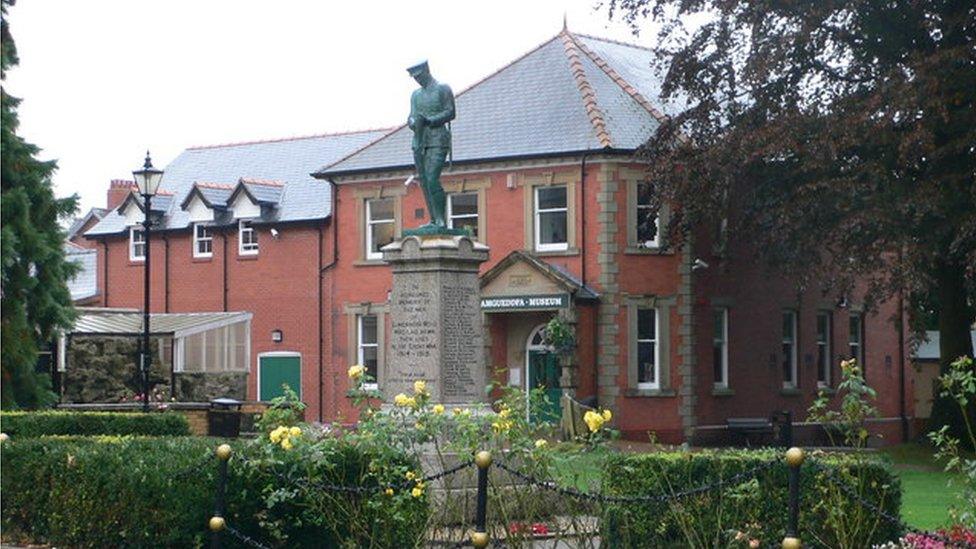
Llandrindod Wells war memorial now has a QR code
It was the thriving spa town which became home to thousands of troops during World War One - now the history of Llandrindod Wells in Powys has been brought to life through digital codes.
In 1893, the discovery of a previously unknown chalybeate spring - rich in iron salts thought to be good for health - saw thousands of tourists flock there, and spawned the "Wells" suffix to the town's name.
But on the outbreak of World War One the tourists disappeared, to be replaced with about 4,000 troops from the Royal Army Medical Corps.
Other newcomers to Llandrindod included Belgian refugees fleeing fighting in their homeland, as well as hundreds of military deserters from throughout Powys, sent there to face courts martial at the headquarters of Radnorshire council.
Visitors to Llandrindod today can trace the town's fascinating role in the war with QR codes posted at the key sites.
The 2.3 mile (3.7km) trail is part of the HistoryPoints.org, external scheme, which has charted the history of more than 1,000 locations around Wales.
It features barcodes which can be scanned with smart phones to bring up details of what visitors are seeing.
Rhodri Clark, editor of HistoryPoints.org, said: "Presenting this wealth of information about wartime in Llandrindod Wells would not have been possible without the enthusiastic response we received from many local people, including historians, relatives of men who died in the war and owners of the featured properties."
Many of the points of interest are heart-breaking - from the town's war memorial listing many instances of entire families wiped out in the fighting, to the stories of the persecution meted out to the conscientious objectors among Llandrindod's Quaker community.
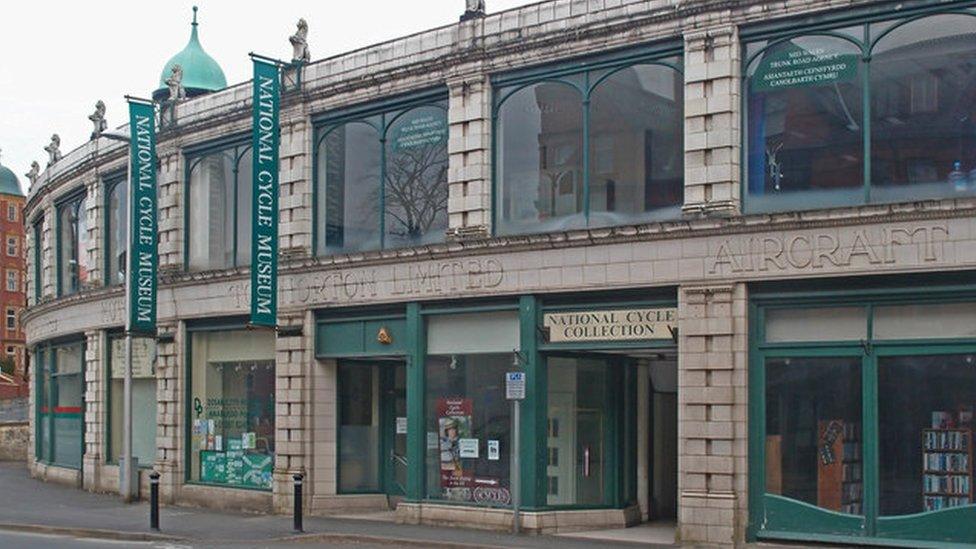
The former Automobile Palace, which is now home to the National Cycle Museum, is among the places of interest
However some are surprisingly uplifting.
Like many places around the UK, Llandrindod played its part in supporting the troops and the Red Cross, raising money for luxuries such as cigarettes and Christmas puddings, as well as knitting more than 500 pairs of mittens for men at the front.
Though rather more unusually Llandrindod seems to have had a deep affinity for the animals thrust into war.
A December 1916 whist drive and cattle auction raised more than £100 towards the care of horses and dogs in France - paying for medicines to be sent out and injured animals to be returned home.
The trail also tells the story of how successfully refugees from Belgium were assimilated into the community.
One of the QR points marks the wartime home of a Belgian refugee who suffered burns when he bravely tore a blazing fairy costume from a fellow pupil during a school concert in 1916.
Councillor Avril York, Powys' cabinet member for regeneration, said: "One of the aims of this tour, and the war memorial project overall, is to encourage the young people of today to appreciate how their predecessors were affected by the war.
"The QR codes will provide instant access to this fascinating aspect of the town's history at the relevant locations."
- Published20 April 2015
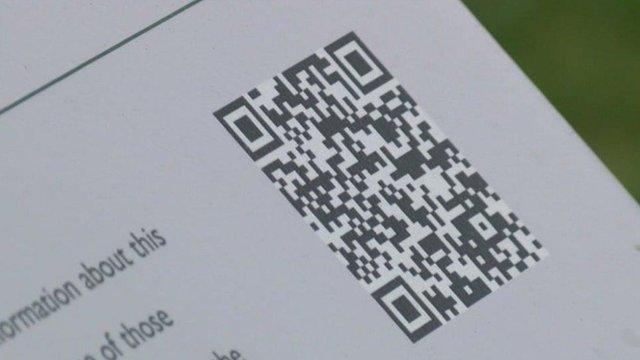
- Published30 December 2014
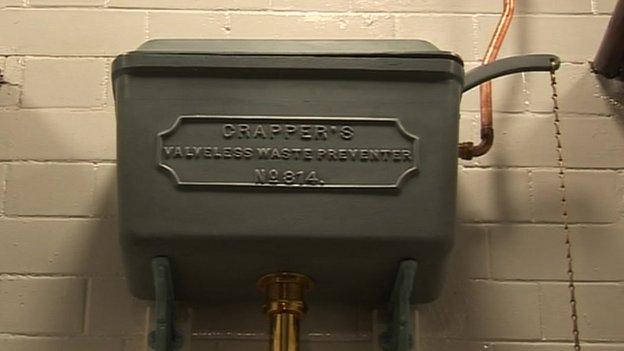
- Published2 January 2014
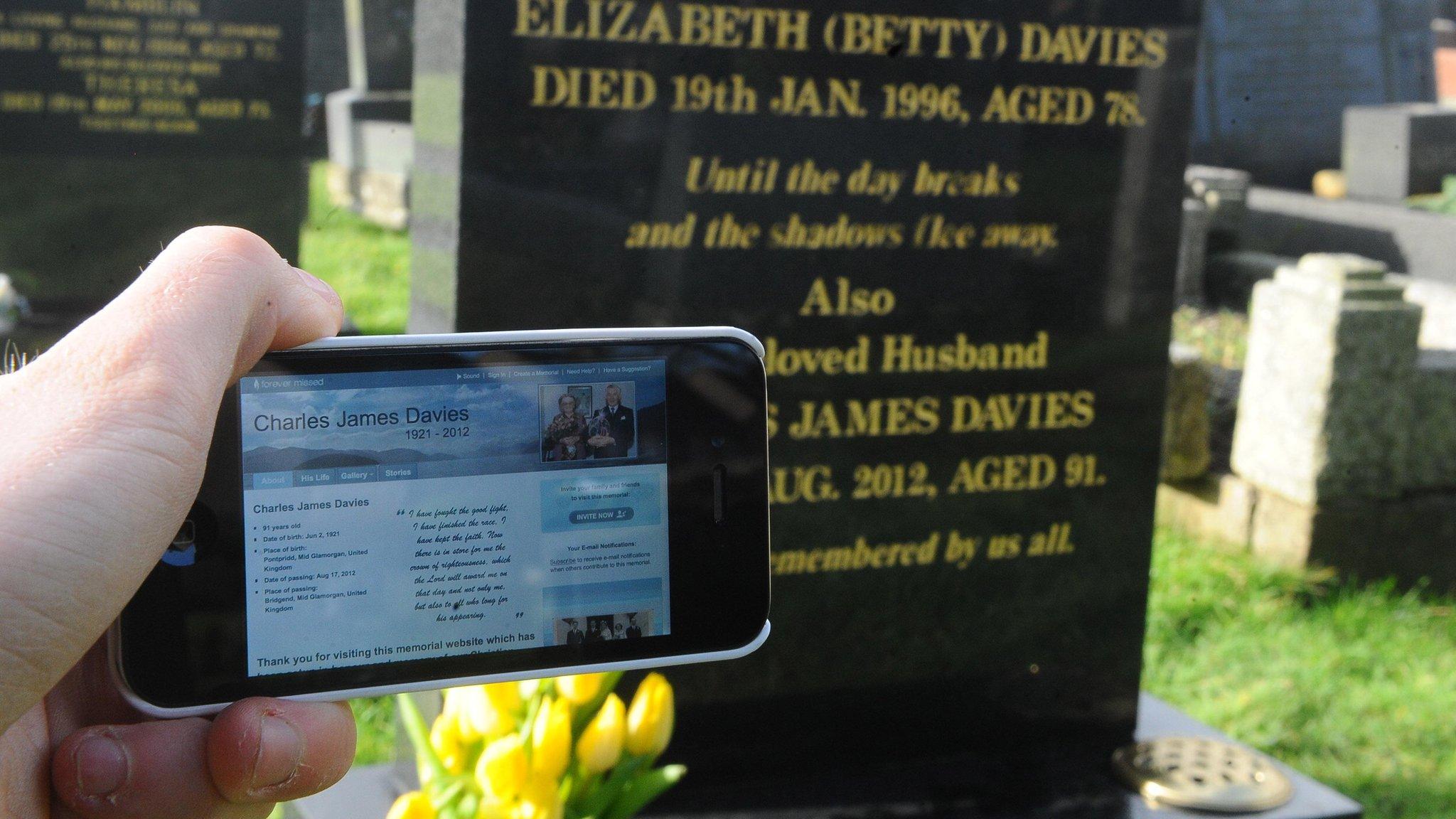
- Published11 August 2014
